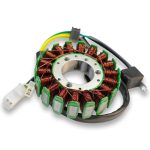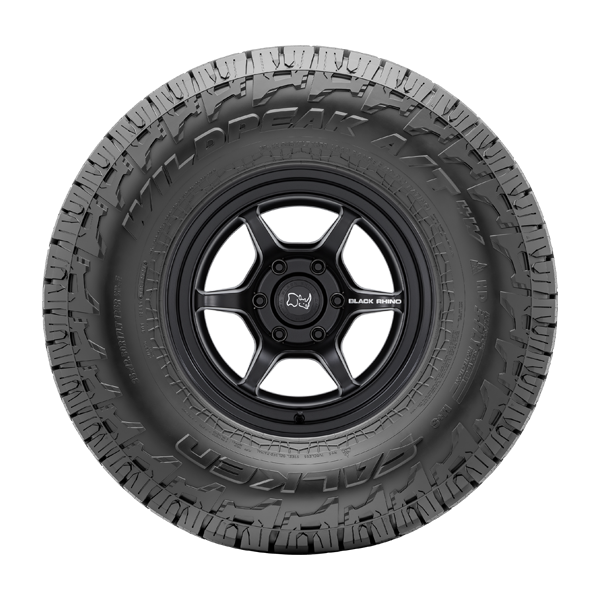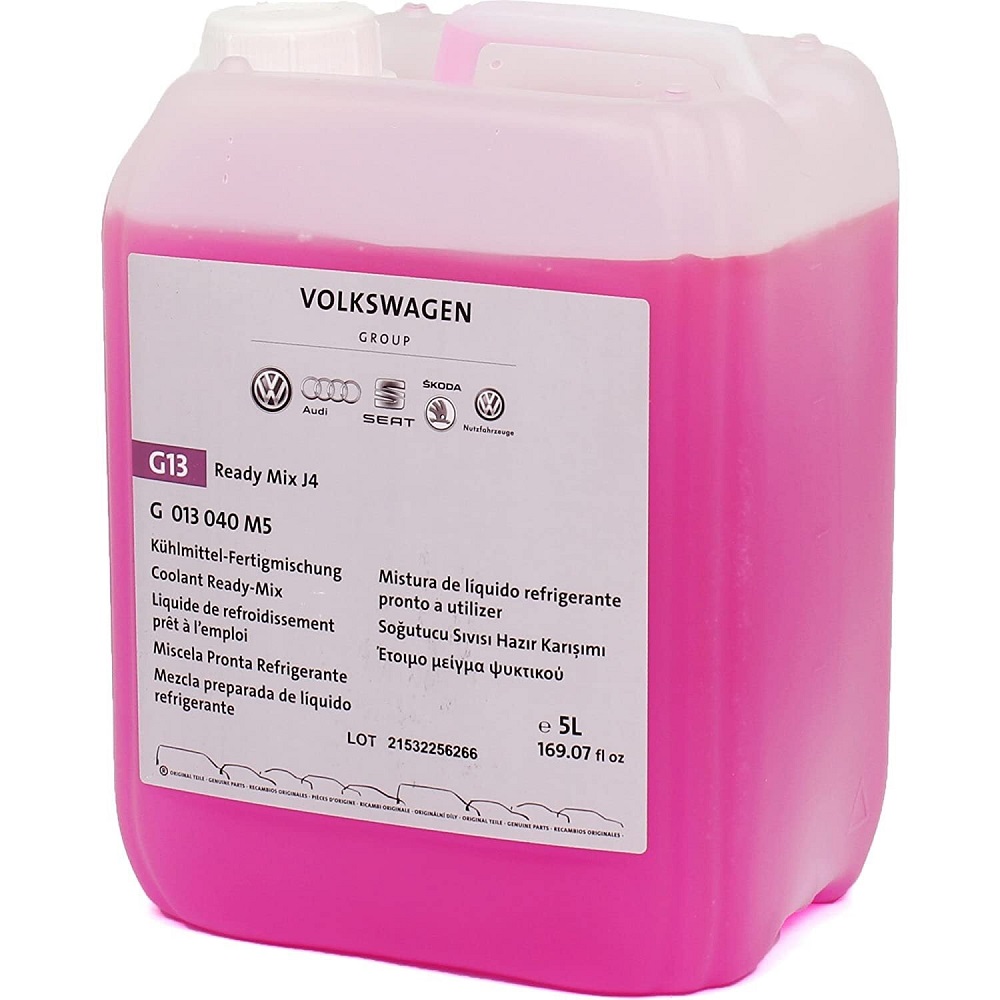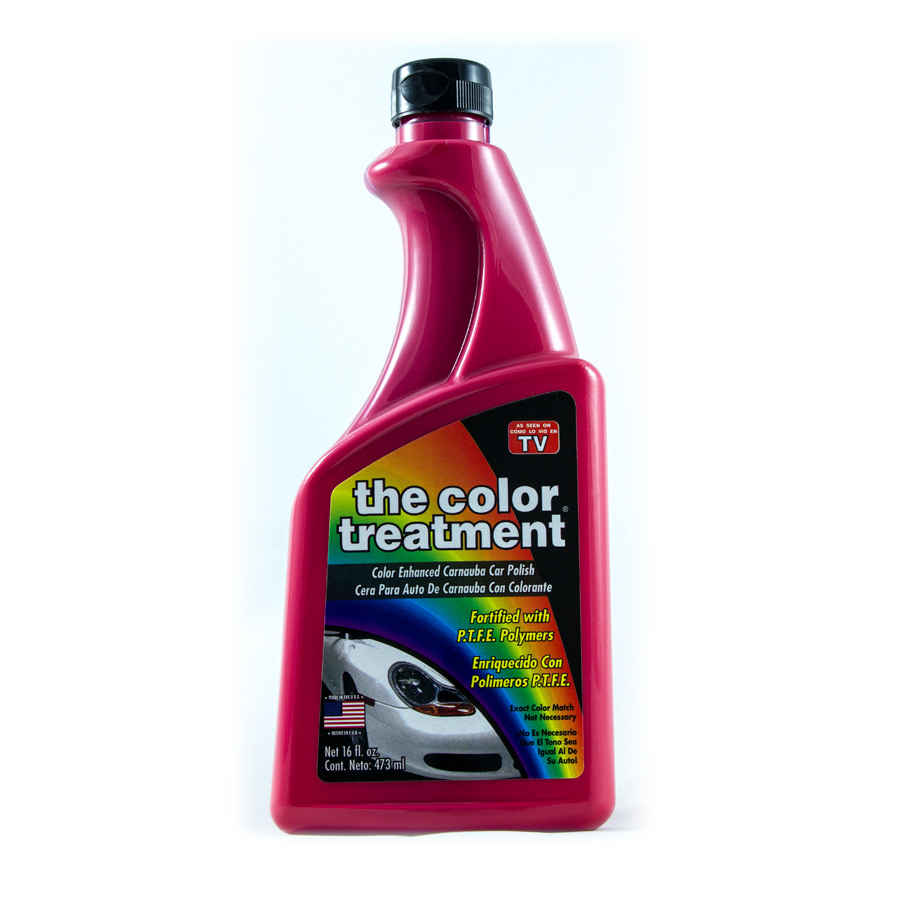Assessing the Damage
Before diving into the repair process, it’s crucial to assess the extent of the damage from the cigarette burn in your car seat. To understand how to fix a cigarette burn in a car seat, begin with a careful examination. Use a flashlight if necessary to inspect the size and depth of the burn. Small, surface-level burns can often be repaired using simple DIY techniques, whereas larger or deeper burns may require more extensive repair strategies or even professional assistance.
Check for any discoloration or melting of the fabric, as this will influence the repair method used. Note the material of your car seat, too, as leather and fabric seats require different repair approaches. Take pictures of the damage for reference, and decide if the burn is something you can tackle or if it’s time to call in professionals. By gauging the damage accurately, you can choose the best repair method and also estimate how much time and effort the job will require.
Tools and Materials Needed for Repair
In order to know how to fix a cigarette burn in a car seat effectively, gathering the right tools and materials before starting the repair is crucial. Here is a list of essentials that you will likely need:
- Fabric glue or leather repair adhesive: This will act as a bonding agent for patching up the burn area.
- Scissors: For trimming any charred edges or cutting fabric patches to size.
- Disposable gloves: To keep your hands clean and prevent the spread of adhesives.
- Colored fabric or leather patch: Choose a patch that closely matches your car seat.
- Sandpaper (for leather seats): To smooth edges around the burn.
- Foam or padding (if necessary): For filling in any depth in the burn.
- Tweezers: For precise handling of small fabric pieces.
- Lighter or heat tool: May be required to melt or adhere materials.
- Dye or paint (for leather): To touch up color after repair on leather seats.
With these items assembled, you’ll be prepared to tackle the cigarette burn repair. Remember that the exact tools and materials may vary based on the severity of the burn and the type of material of your car seat.
Step-by-Step Repair Process
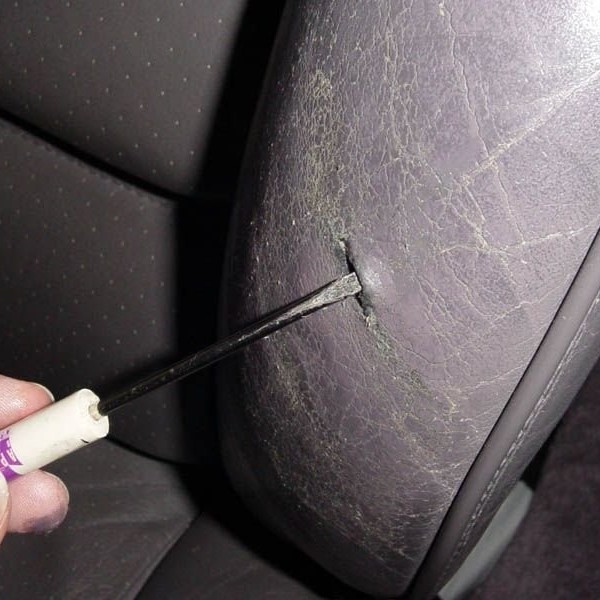
After assessing the damage and gathering your tools and materials, it’s time to begin the repair. Here’s a straightforward guide on how to fix a cigarette burn in a car seat:
- Prepare the Area: Clean the burn area with a soft cloth. Ensure it’s free of debris and dust.
- Trim the Burn: Use scissors to carefully trim any charred or loose edges around the burn.
- Insert Foam or Padding: If there’s a noticeable depth, place a small piece of foam or padding into the hole to level it with the seat surface.
- Apply Adhesive: Put on your gloves. Apply fabric glue or leather repair adhesive to the edges of the burn or on the patch you’re going to use.
- Set the Patch: For fabric seats, take the colored fabric patch and press it firmly over the glue. For leather, place the leather patch over the adhesive. Make sure it’s well aligned.
- Apply Heat: If needed, use a lighter or heat tool to cure the adhesive or to meld the patch seamlessly with the surrounding material.
- Sand and Dye (for leather): Gently sand the edges if the repair is on a leather seat. This helps blend the patch into the seat. Touch up with dye or paint to match the seat color.
- Inspect and Press: Check your work to make sure the patch adheres properly. Press it down firmly to create a bond.
- Let it Dry: Allow sufficient time for the glue to dry. Refer to the glue’s instructions for the right drying time.
- Final Touch-up: If necessary, apply additional dye or conduct any final touch-ups to ensure the repair blends with the seat.
Take your time during each step to ensure the best result. Repairing a cigarette burn is delicate work, but with patience, you can achieve a finish that is nearly as good as new. Remember, this guide is for minor burns. Large or deep burns may need professional repair.
Professional Repair Options
When DIY solutions don’t match the severity of your car seat’s cigarette burn, professional repair becomes a viable alternative. In such instances, there are several options available to consider. Expert upholstery shops have the tools and materials specifically designed for such repairs. They also possess the skilled craftsmanship to handle complex issues.
- Upholstery Repair Services: Trained technicians can patch up larger burns or weave in new fabric. They’ll ensure a seamless match with your car’s interior.
- Leather Specialist: For leather seats, a leather expert can perform color-matching, re-dying, and re-texturing to make the seat look untouched.
- Car Dealership: Your car’s dealership may offer repair services with a guarantee for matching original materials.
- Auto Detailing Shops: Some detailing services include burn repair as part of their offerings, perfect for dealing with superficial damage.
Consulting with a professional not only guarantees a high-quality repair but can also prevent further damage to the seat. They’ll advise you whether to fix or replace the damaged seat, considering safety and aesthetics. Overall, professional repair might cost more, but the result is often worth the investment. Make sure to get quotes from multiple repair services to find the best deal. Remember, going professional may extend the life of your car seat and maintain your car’s value.
Preventing Future Cigarette Burns

Preventing future cigarette burns in your car seat is as important as knowing how to fix them. Taking the right preventative measures can save you time, money, and the hassle of repairs. Here are a few simple steps you can follow to ensure your car seats remain burn-free:
- Enforce a No-Smoking Policy: Make your car a smoke-free zone. Politely ask passengers to refrain from smoking inside.
- Use Car Ashtrays: If smoking inside the car is unavoidable, provide car ashtrays. They help contain ash and prevent accidental burns.
- Seat Covers: Invest in high-quality seat covers. They protect the original fabric or leather from burns and other damages.
- Regular Inspections: Check your car seats often for any signs of damage. Early detection can prevent larger issues.
- Educate Passengers: Inform those who smoke about the risks and costs of burn damage. Knowledge can encourage care.
- Keep the Interior Clean: A clean car discourages careless behavior. It also makes it easier to spot potential hazards.
By being proactive and setting clear rules, you reduce the risk of future burns. This keeps your car’s interior looking good and maintains its value over time. Implement these tips to ensure your car remains a comfortable and safe environment for everyone.
Cost Comparison: DIY vs. Professional Repair
When facing a car seat cigarette burn, weighing the costs of DIY versus professional repair is essential. The DIY approach, while usually more budget-friendly, may not always be the best choice depending on the burn’s severity and your skill level.
DIY Repair Costs:
- Materials: The cost of repair kits, adhesive, padding, and dyes might range from $10 to $50.
- Tools: You might already have basic tools like scissors, but a heat tool could add $15 to $30.
- Time: Your time is valuable. Consider the hours spent learning how to fix a cigarette burn in a car seat and conducting the repair.
Professional Repair Costs:
- Small to Medium Burns: Repairing minor burns at a shop may cost between $100 and $250.
- Large Burns or Full Re-upholstery: This could escalate to $250 to $500, or even more for luxury materials.
- Expertise: Professionals have the skills to ensure a burn is virtually undetectable, which may justify the cost.
The DIY route could save you money if you’re only dealing with small, surface-level burns and have some skill. However, for deeper or more noticeable burns, investing in a professional repair can save future costs by preventing further damage. Always balance the initial costs against the potential long-term benefits to your car’s interior and its overall resale value.
Maintenance Tips Post-Repair
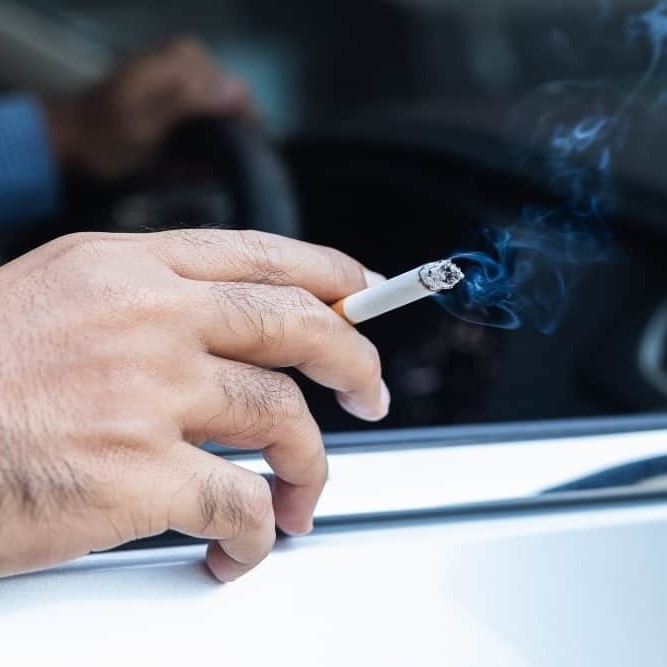
After successfully fixing a cigarette burn in your car seat, it’s important to maintain the repair to ensure its longevity. Here are key tips to follow:
- Check the Repair Regularly: Examine the repaired area often, especially in the first few weeks, to make sure it is holding up well.
- Avoid Stress on the Repaired Area: Do not scratch or put excessive pressure on the patch to prevent it from peeling off.
- Keep the Area Clean: Gently clean the seat, paying extra attention to the repaired section. If you used a patch, clean around it without soaking it.
- Apply Protectant: For leather seats, consider using a leather conditioner to keep the area supple. For fabric seats, a fabric protectant can ward off stains and damages.
- Avoid Direct Sunlight: Park in shaded areas if possible. Excessive heat and sunlight can cause the repair to fade or weaken.
- Follow Up with Touch-ups: If you notice any color fading, apply a small amount of dye or paint to the area.
By following these maintenance tips, you can help your repair blend seamlessly with the rest of the seat and prevent future damage. Stay diligent in your maintenance efforts to protect both the appearance and value of your car interior.
When to Consider Seat Replacement
Sometimes, a cigarette burn in a car seat is beyond repair. In such cases, it’s time to think about seat replacement. Here are situations when you should consider this option:
- Large Burns: If the burn is big and affects the seat’s structural integrity, replace the seat.
- Multiple Burns: Several burns may be too much for a simple fix. A new seat may be more practical.
- Heavy Discoloration: When burns cause severe discoloration that’s hard to hide, a replacement might be your only choice.
- Damaged Padding: If the burn has gone deep and damaged the internal padding or foam severely, mending might not be enough.
- Safety Concerns: If the burn affects the safety features of the seat, such as those with built-in airbags, don’t take risks—replace the seat.
- Resale Value: To maintain your car’s value, especially if it’s a premium model, replacing the seat might be a wise decision.
When considering replacement, remember that it can be costly. Look for seats that match your car’s make and model. If possible, find seats from the same manufacturer to ensure the best fit and appearance. Keep in mind, professionals should handle seat replacements to ensure safety and quality craftsmanship.
Understanding how to fix a cigarette burn in a car seat is helpful, but knowing when to opt for replacement is just as important. Make a well-informed decision to keep your car comfortable and maintain its value.
